Exploring the effects of optimizing model-dependent parameters on Antarctic sea-ice concentration data assimilation
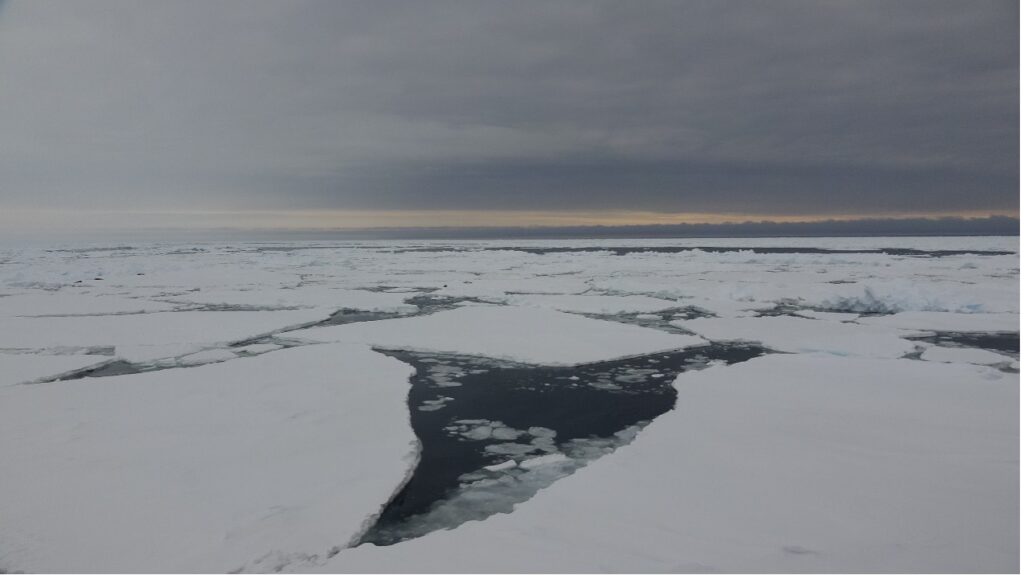 Improving the performance of the Data Assimilation System for the Southern Ocean in assimilating sea-ice concentration (SIC) through optimizing model-dependent parameters.
Improving the performance of the Data Assimilation System for the Southern Ocean in assimilating sea-ice concentration (SIC) through optimizing model-dependent parameters.
Assimilating CryoSat-2 Summer Sea Ice Thickness Observations
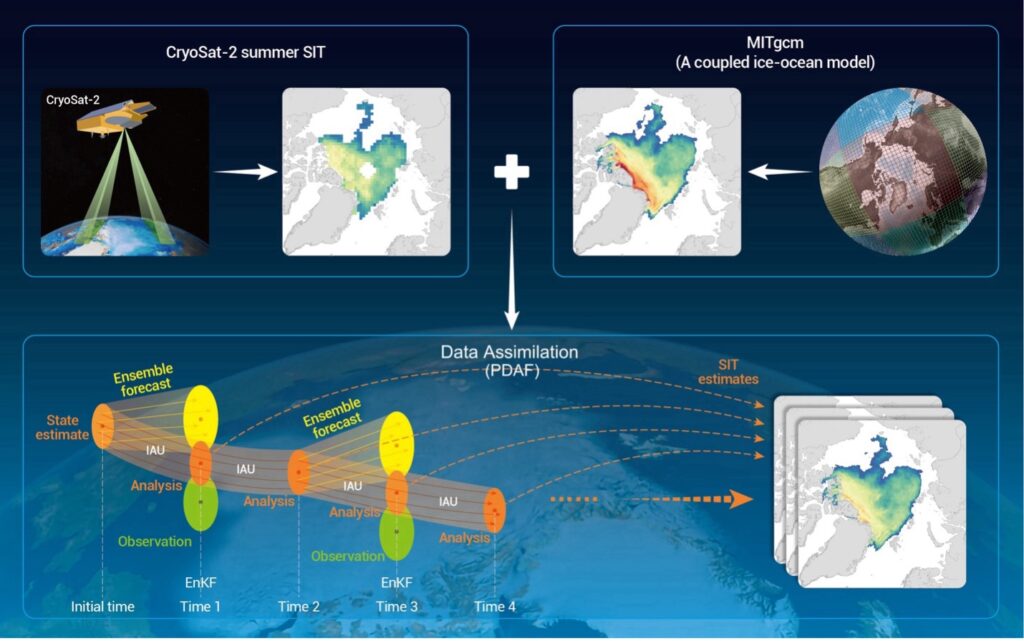 By incorporating satellite observations of summer sea ice thickness and concentration into MITgcm., a team of researchers from China and Germany is helping improve Arctic summer sea ice thickness estimation.
By incorporating satellite observations of summer sea ice thickness and concentration into MITgcm., a team of researchers from China and Germany is helping improve Arctic summer sea ice thickness estimation.
Assimilating Antarctic Sea-ice Thickness Data
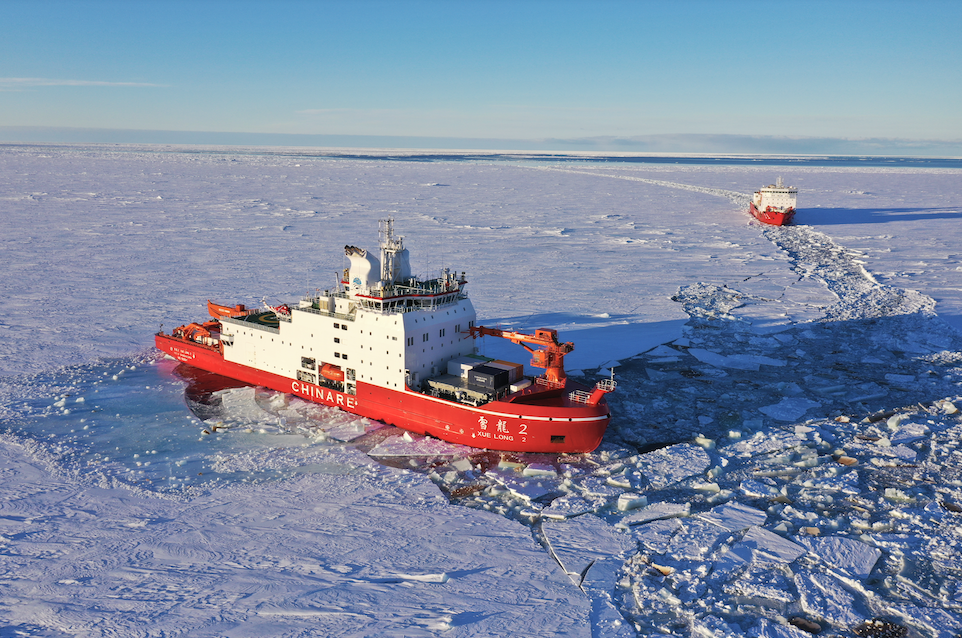
A team, bringing together researchers from China, Europe, and the US, use MITgcm to develop a new data assimilation system for the Southern Ocean with the aim of improving sea-ice thickness estimates in the region.
Wind Blown
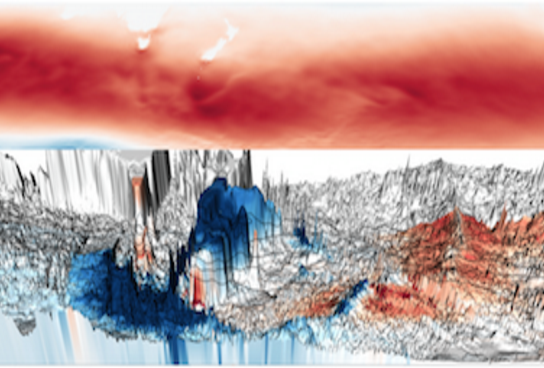 In a new study, researchers from Scripps have been using MITgcm to evaluate the role form stress across bottom topography plays in balancing the input of stress by wind at the surface.
In a new study, researchers from Scripps have been using MITgcm to evaluate the role form stress across bottom topography plays in balancing the input of stress by wind at the surface.
Slip Sliding Away…
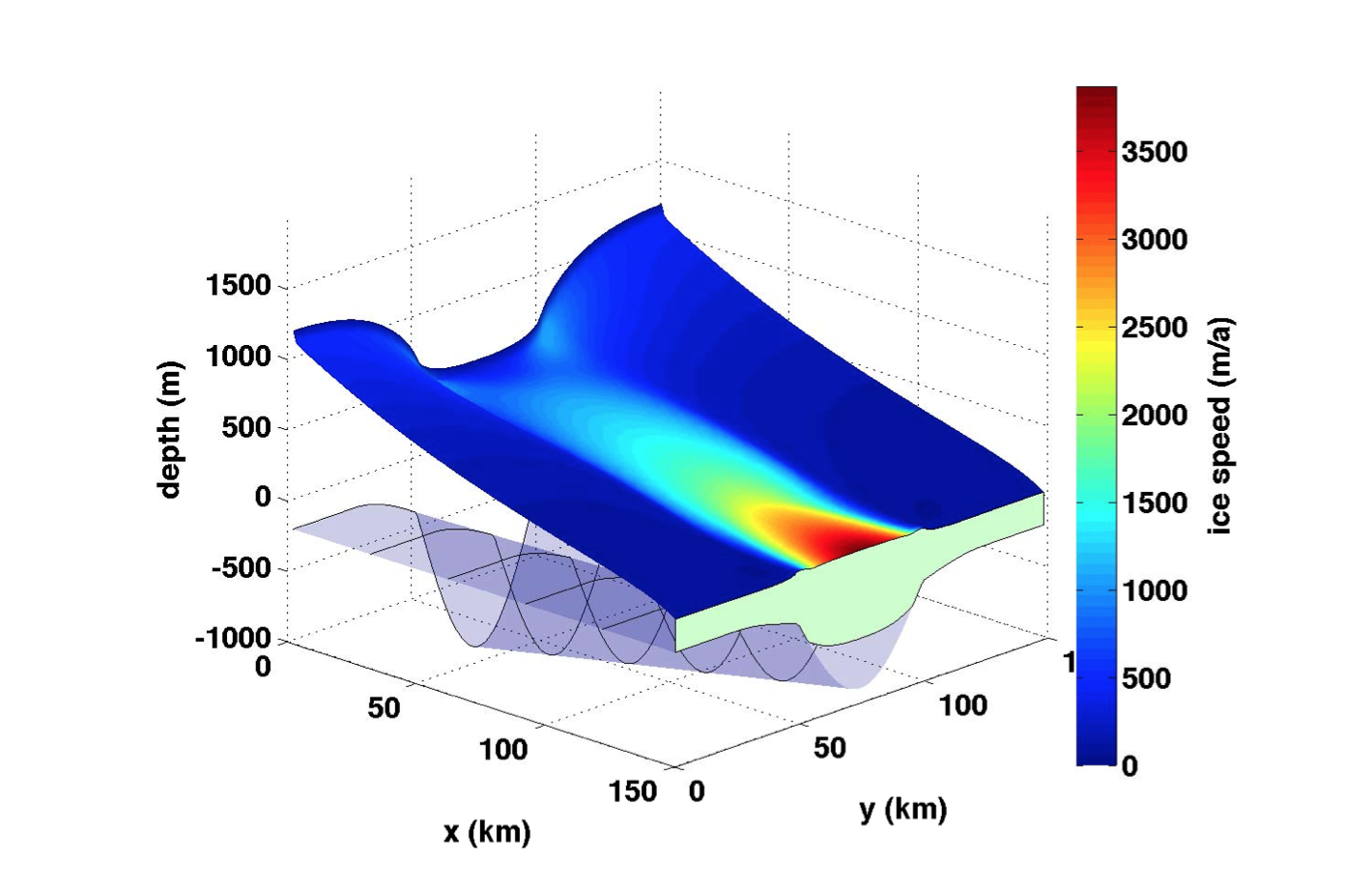 Dan Goldberg has been working with longtime MITgcmer Patrick Heimbach, looking at new ways to assimilate observations into glaciological flow models capable of representing fast streaming ice flow.
Dan Goldberg has been working with longtime MITgcmer Patrick Heimbach, looking at new ways to assimilate observations into glaciological flow models capable of representing fast streaming ice flow.
Looping the loop in the Gulf of Mexico
 This month we focus on several recent papers that have used MITgcm and its adjoint to perform state estimates and explore its ocean forecasting capabilities in the Gulf of Mexico.
This month we focus on several recent papers that have used MITgcm and its adjoint to perform state estimates and explore its ocean forecasting capabilities in the Gulf of Mexico.
Overflowing with Movies
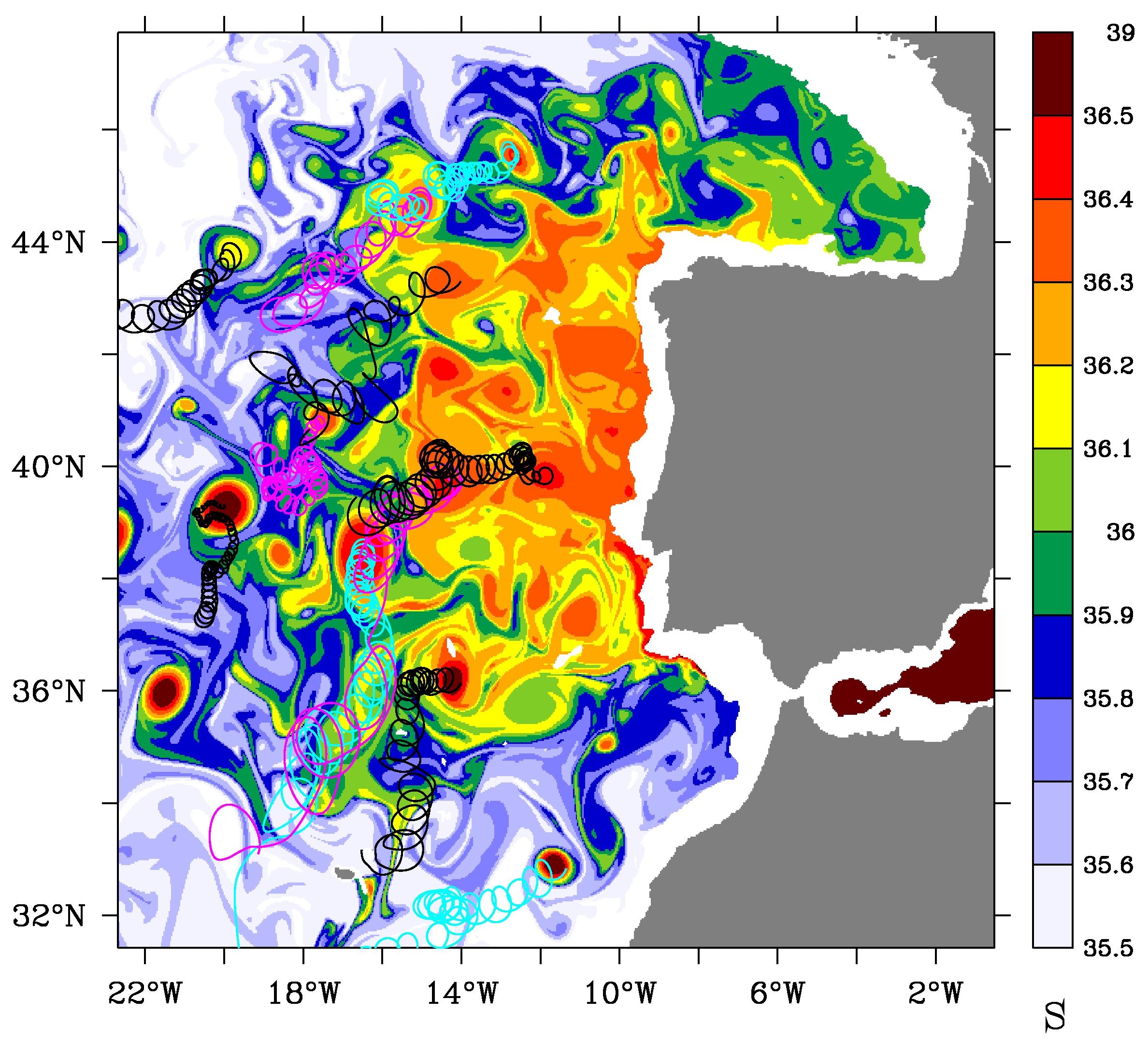 Nuno Serra from the University of Hamburg has used MITgcm in many ocean modeling projects, both from a process-modelling perspective and “realistically”, incorporating forcing from NCEP and ECMWF. He is especially interested in the processes regulating North Atlantic and North Pacific inter-annual to inter-decadal variability. A particular passion is overflows.
Nuno Serra from the University of Hamburg has used MITgcm in many ocean modeling projects, both from a process-modelling perspective and “realistically”, incorporating forcing from NCEP and ECMWF. He is especially interested in the processes regulating North Atlantic and North Pacific inter-annual to inter-decadal variability. A particular passion is overflows.
MITgcm on Ice
In a recent paper in the Journal of Physical Oceanography, An Nguyen (MIT) and co-authors Ronald Kwok (JPL) and Dimitris Menemenlis (JPL) report on work using MITgcm to better understand the origin and character of the western arctic, upper halocline.
Modeling the Ocean Response to Hurricanes
 Familiar as we are with satellite images of hurricanes, the impact of these powerful storms on the upper ocean is markedly less visible. Dr Sarah Zedler (Texas A&M University) has been using MITgcm to help understand the features that appear in oceanic field data as a result of hurricane passage above.
Familiar as we are with satellite images of hurricanes, the impact of these powerful storms on the upper ocean is markedly less visible. Dr Sarah Zedler (Texas A&M University) has been using MITgcm to help understand the features that appear in oceanic field data as a result of hurricane passage above.
